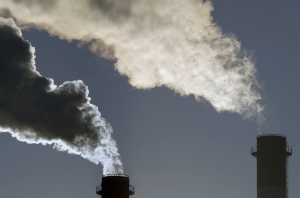The European Parliament’s environment committee last week endorsed the proposed Carbon Border Adjustment Mechanism (CBAM), requiring importers of polluting industrial goods to the European Union (EU) to pay a border levy – by no later than 2023 – based on the volume of greenhouse gas (GHG) emissions used in making and shipping their products.
The new regulation would initially apply a carbon cost to products sold into the EU including steel, cement, chemicals and fertilisers – not widely exported by Australia to EU markets – but would eventually extend to all commodities and products covered by the EU’s carbon market.
Moreover, the shift from rhetoric to implementation of carbon adjustment fees now represents a real risk to Australian exporters, with US President Joe Biden also proposing to implement carbon border fees or quotas on carbon-intensive goods, while UK Prime Minister Boris Johnson is considering using the G7 presidency this year to try and forge an alliance on carbon border taxes.
The EU CBAM framework will be voted on by the full legislature in March, informing the European Commission’s upcoming carbon border policy proposal due in June.
By forcing companies to pay a fee to sell carbon-intensive goods, the EU aims to level the playing field for domestic industrial emitting companies as they invest to reduce GHG emissions to meet compliance targets under the EU emissions trading scheme (ETS). Australian exporters would therefore be forced to buy carbon permits at prices which mirror the EU ETS, with European Union Allowances (EUAs) currently trading at a record-high of €38.56 (A$60), with prices forecast to significantly increase to 2030.
In this article, we take a closer look at the EU’s proposed CBAM framework, and EUA prices through to 2030, along with implications for local policy development.
Background to the Carbon Border Adjustment Mechanism (CBAM)
In December 2019, the European Commission adopted its Communication on the European Green Deal, introducing a proposal for a carbon border levy to ensure a level playing field for domestic companies as the EU increases its climate ambition – should differences in the levels of global climate ambition remain.














